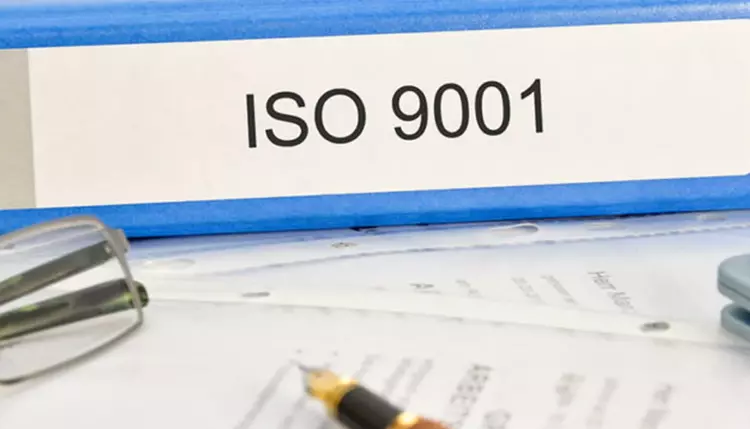1.Statistical Process Control (SPC)
Statistical process control uses statistical methods to investigate how production processes and service processes can be optimized. With SPC software, statistical process control is established as an important part of quality assurance. The measured values can be recorded automatically and further processed.
2. Failure Mode and Effect Analysis (FMEA)
The Failure Mode and Effects Analysis (FMEA) is a generally applicable, analytical method in quality management. It serves to find possible product defects – even before they occur. By taking appropriate measures, potential errors can then be avoided in advance.
3. Control Plan (CP)
In the manufacturing of high-quality products it is essential that the monitoring of production processes is planned in detail. Control plans are used to generate inspection plans and instructions for the safe execution of quality inspections in incoming and outgoing goods inspections as well as during production
4. Measurement System Analysis (MSA)
Capable test equipment is indispensable to enable an objective evaluation of measurement results and the resulting decisions. Measurement system analysis is the analysis of the capability of measuring equipment and complete measurement systems in quality management.
5. Production Part Approval Process (PPAP)
Initial samples are used to release a product for series production and thus also for the delivery release of series parts. All important information on corresponding requirements and tests are summarized and documented in the initial sample test report with the corresponding results.
6. 8D Method
It is a systematic approach to the processing of complaints and the corresponding documentation as well as the tracking of individual solution steps in the form of actions. On the basis of eight steps, a product defect is traced back to its causes in a fact-oriented manner in order to eliminate them permanently.
In the context of a customer audit, the so-called “red thread” is often mentioned, which suppliers today are intensively audited by their customers. With the software-supported introduction of these six tools, successfully operating companies have established a quality control loop that exceeds the expectations of an “Industry 4.0 discussion” in a very practical and customer-oriented manner. The Automotive Core Tools were, are and will therefore remain a prioritized arena for the quality managers.
9 Arenas of Digitalization:





Comments
No comments